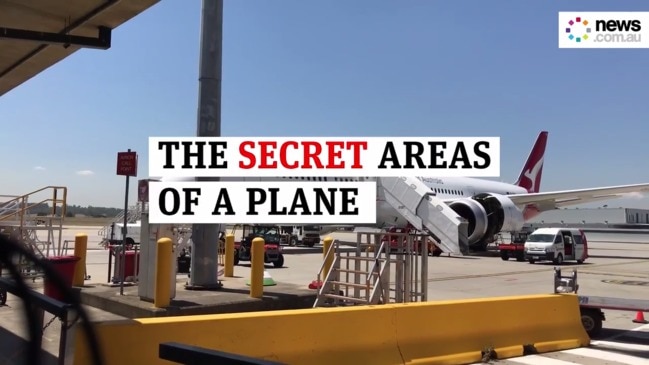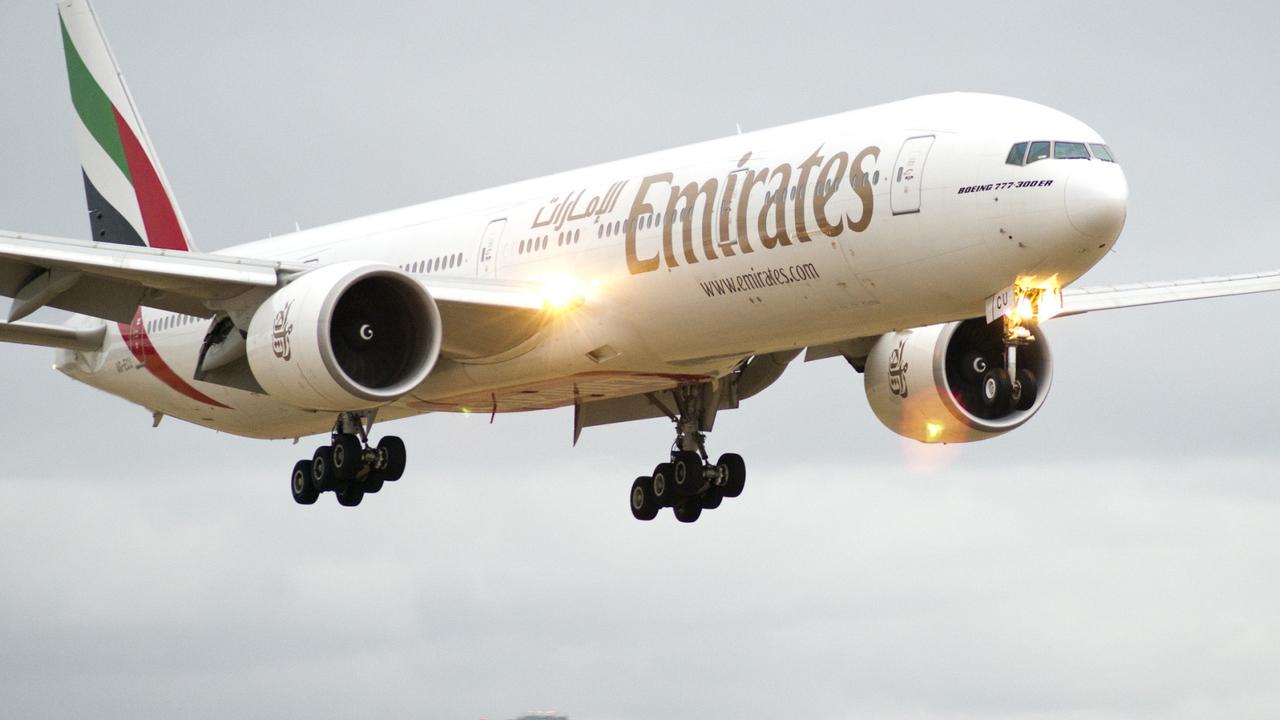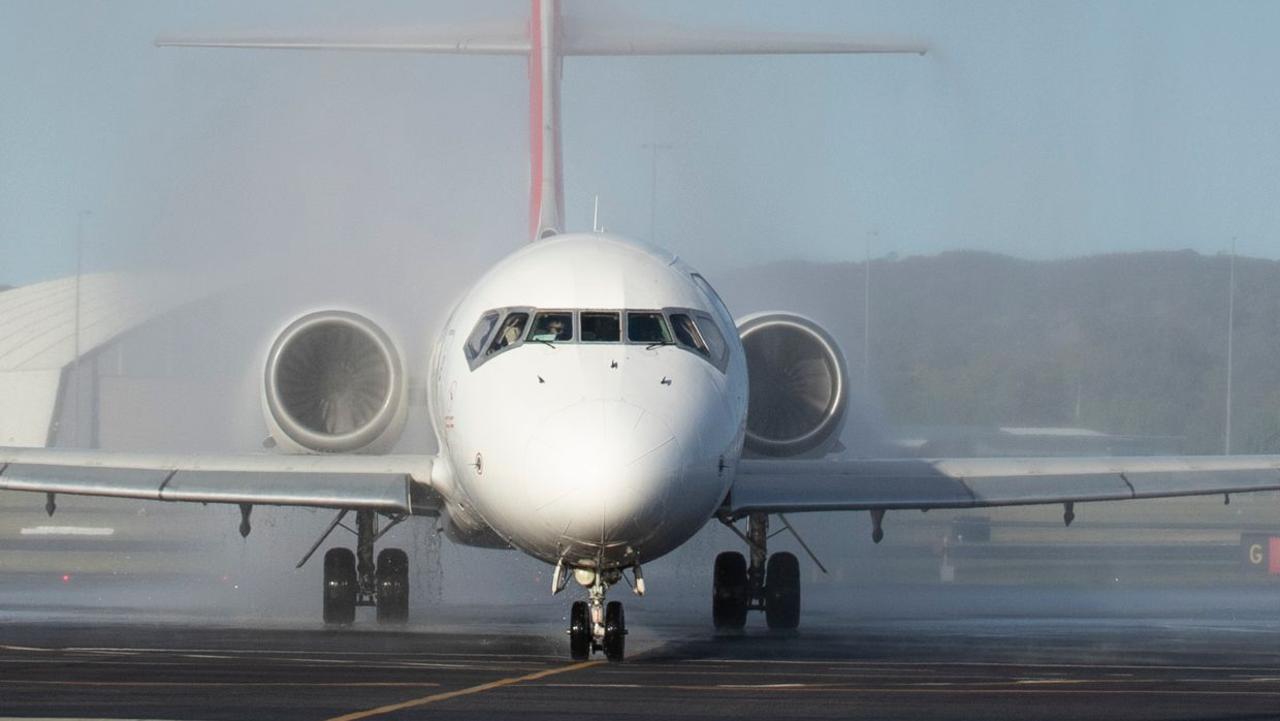This is what passengers are getting up to on Qantas’ epic Perth-London flights
Qantas has just revealed what passengers are really getting up to on those marathon, non-stop flights between Perth and London.

It’s been one year since Qantas made history with its non-stop flights between Perth and London, directly linking Australia and the UK by air for the first time.
When the first Dreamliner took off on that maiden flight from Perth, many cringed at the idea of a bum-numbing 17-hour non-stop flight — how would passengers survive the marathon journey?
Some passengers on the inaugural flight fared a lot better than others did.
Despite initial suggestions the Perth-London service was underperforming, new figures from Qantas indicate the route has been pretty successful for the Flying Kangaroo — and also reveal exactly how passengers are spending all those hours in the air.

According to Qantas, the Dreamliner planes that service the route are, on average, 94 per cent full — a fair chunk above the industry average of around 80 per cent.
In the first 12 months, most passengers have been from Australia with about a third from overseas — mainly the UK — and they’ve injected about $1.1 million into the Perth economy.
And the flights aren’t always a whole 17 hours anyway.
The average time of the Perth to London service is 17 hours and one minute, but one flight broke the speed record when it clocked in at 16 hours and 19 minutes.
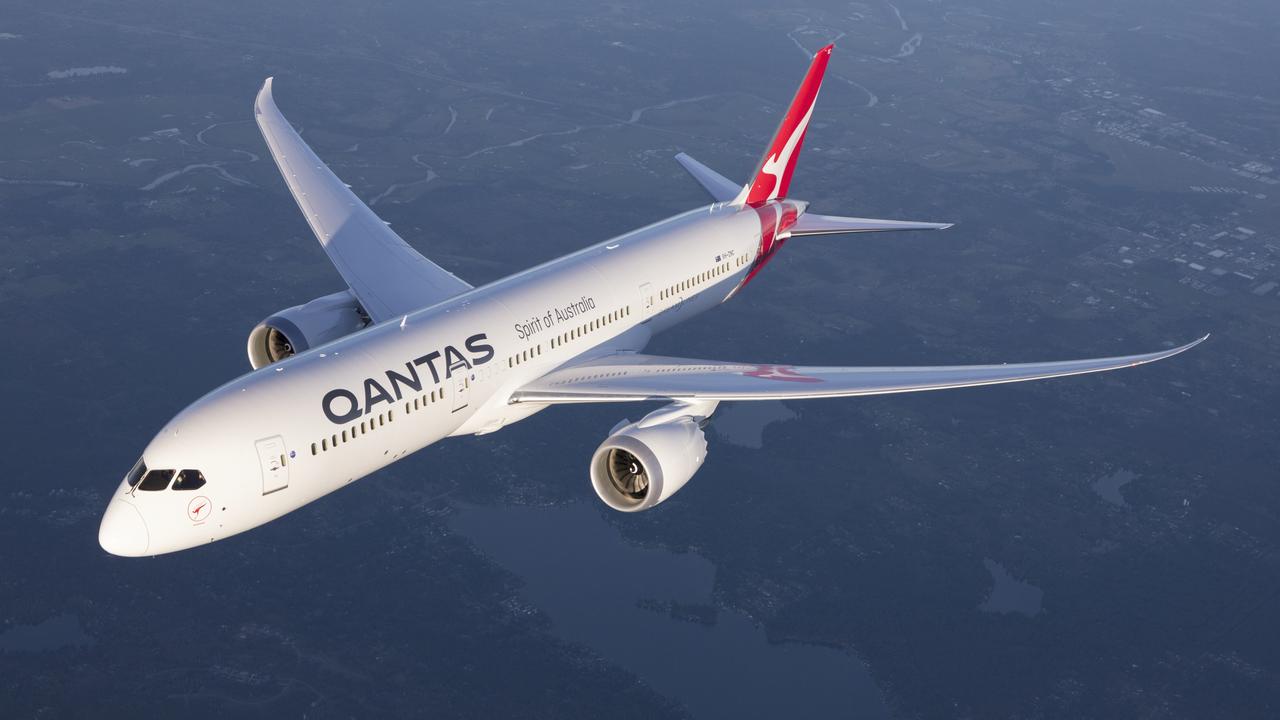
The average flight time of the London to Perth service is 16 hours and five minutes, but a Dreamliner managed to make that run in 15 hours and 15 minutes.
“We didn’t plan to regularly break speed records in both directions,” Qantas Group chief executive Alan Joyce said.
“The current titleholder arrived into Perth from London a full hour ahead schedule thanks to prevailing winds and our new flight planning system.”
Other figures from Qantas reveal more about passenger behaviour on those flights.
So far, there have been more than 450,000 meals served on the Perth-London flights, with almost 42,000 served.
White wine is the most popular wine choice in economy, while in business class and premium economy passengers prefer red.
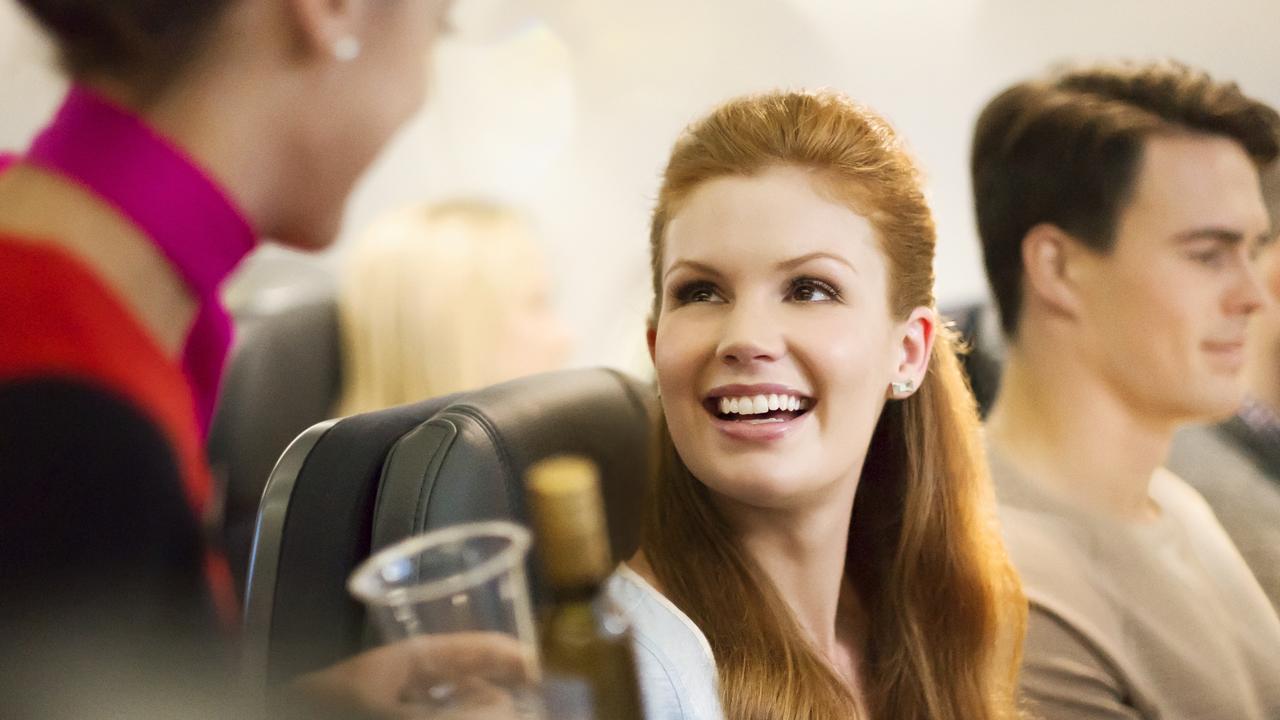
In economy, the most popular meal is the Guinness beef pie with potato mash, while in business class, it’s a split between the Cone Bay barramundi and the beef and Yorkshire pudding.
Passengers are, not surprisingly, clocking up many hours of binge watching on the flights.
The most watched film on the route so far has been Mission Impossible: Fallout.
The most popular television shows have been Ballers, Billions and Modern Family — which has long been travellers’ top TV choice on planes.
And the seat on the plane that has spent more time watching the in-flight entertainment screen than any other seat on board is 56F.
Passengers who have sat in 56F have, together, spent 9134 hours watching TV shows and movies, a whole 100 hours more than any other seat.

Of the outbound passengers, about 25 per cent are from Melbourne, 7 per cent from Sydney, 6 per cent from Brisbane and 4 per cent from Adelaide, suggesting the flights from Perth are attracting people from across the country.
“There were a lot of expectations around this flight, both within Qantas and the broader community, and frankly it’s exceeded them,” Mr Joyce said.
“A year of operating this route shows that a hub in WA connecting Australia to the world works really well. We have people coming from the east coast to join the flight, and it’s made it a lot easier for people in Europe to visit Australia.
“Almost every flight is full, and it turned a profit almost immediately, which is rare for new services because they have start-up costs and it normally takes time to build demand.
“The work we put into managing passenger jet lag and designing a comfortable cabin has paid off. It’s the longest flight on our entire network, but it has the highest level of customer satisfaction.”
Mr Joyce said there had been only been four cancelled flights out of 720 planned services and a reliability rating of 99.5 per cent.
